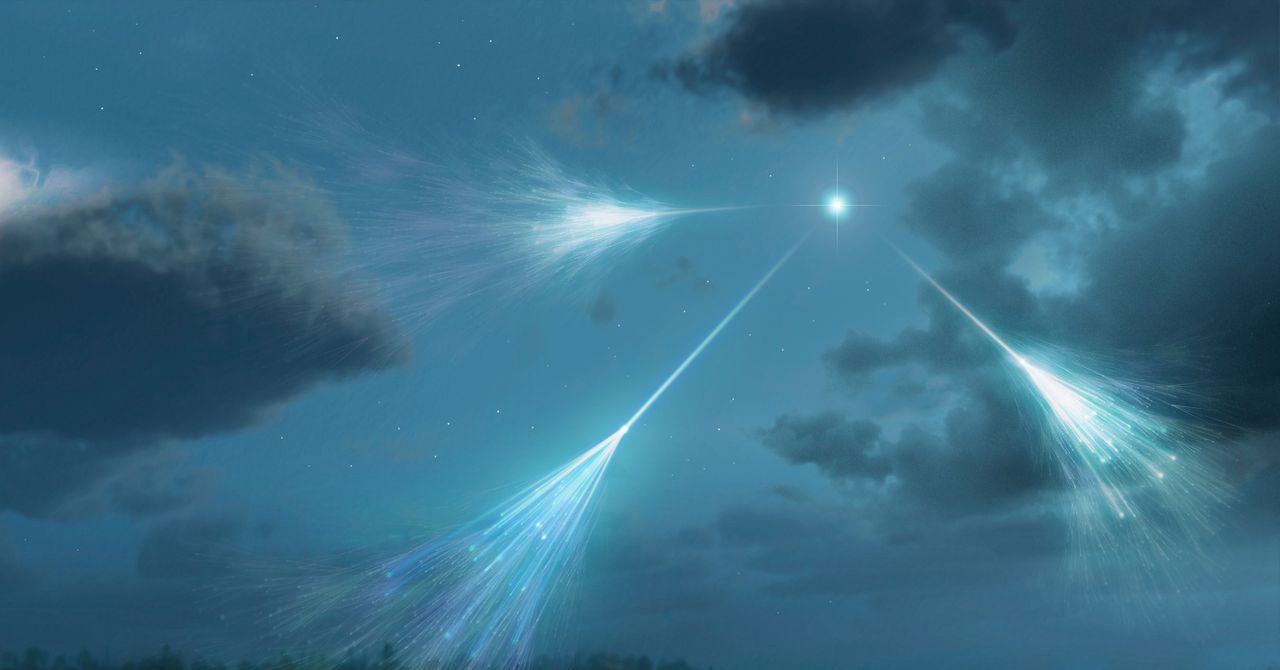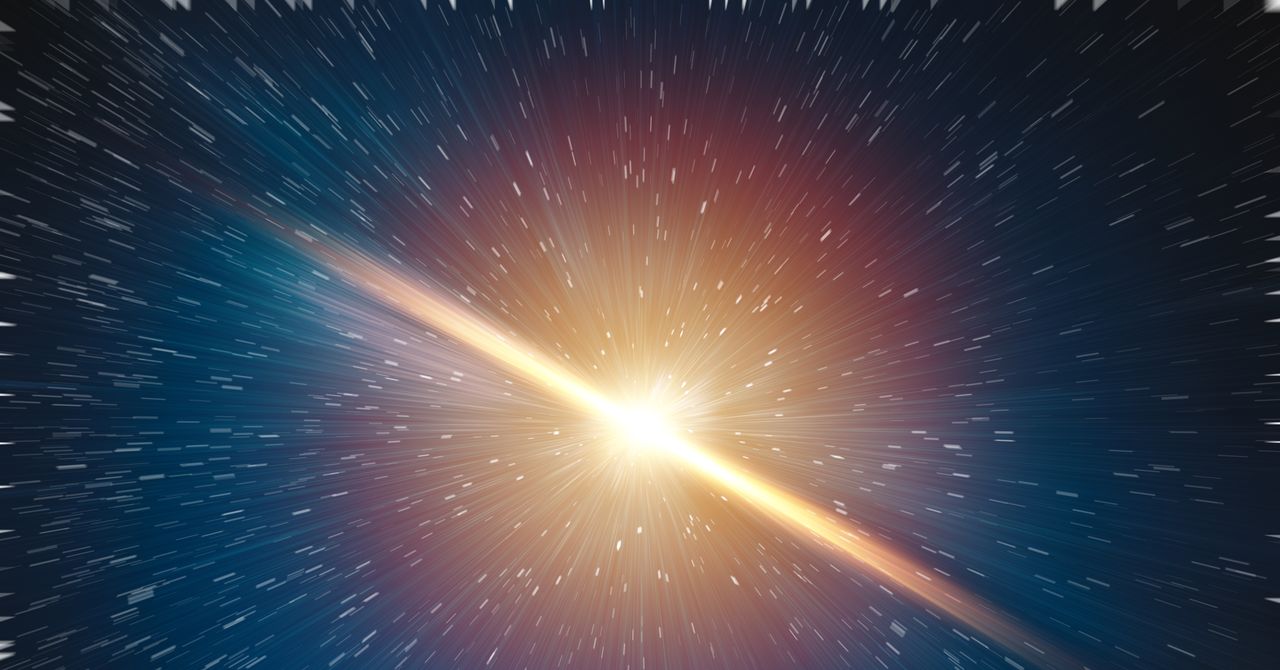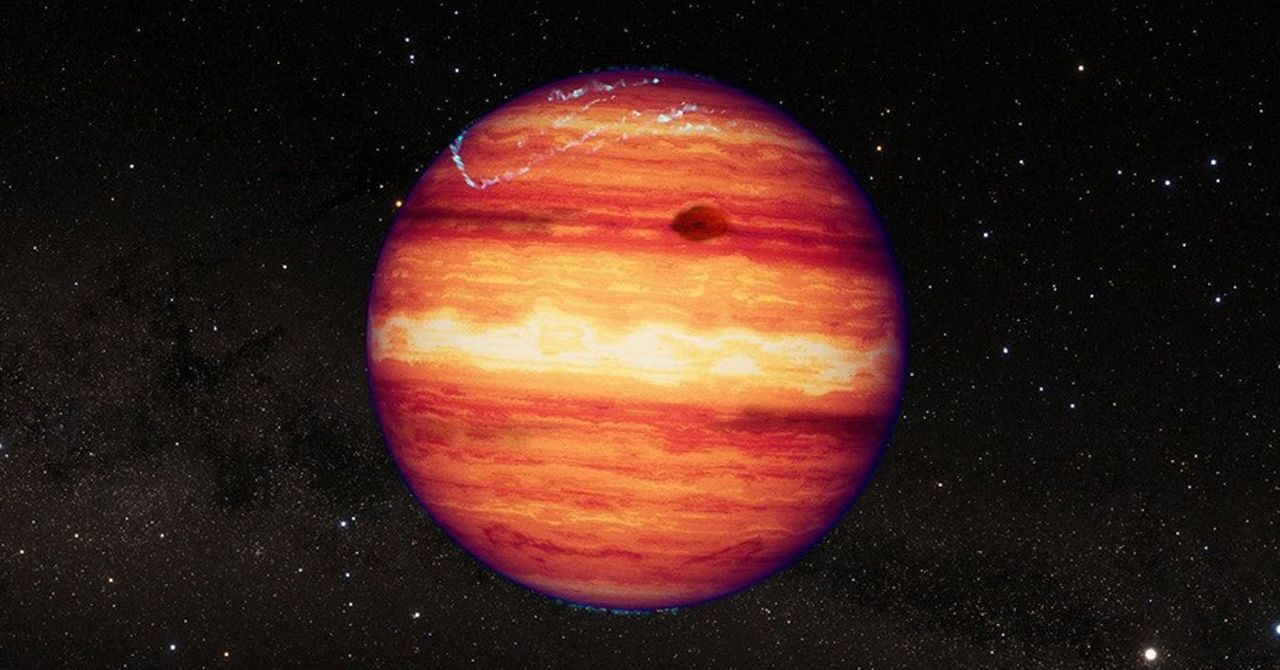In February 2023, a cosmic particle detector housed deep in the Mediterranean Sea recorded the arrival of a neutrino with approximately 20 to 30 times more energy than any other neutrino documented previously. Labelled KM3-230213A, the particle had a calculated energy of 220 petaelectronvolts (PeV), far greater than the 10 PeV of the previously most energetic neutrino. The finding generated a lot of excitement among physicists, but raised also many questions.
Neutrinos are the most abundant particles in the universe with mass. They are a type of fundamental particle, which means they don’t break down into smaller constituents, and are therefore very small and light. In fact, they are the lightest of all subatomic particles that have mass. Neutrinos also don’t have a charge (unlike, say, electrons, another type of fundamental particle, which are negative). As a result, only very rarely do neutrinos interact with with other matter; often they’ll pass straight through it without altering it. In fact, trillions of neutrinos travelling through space will have passed through your body since you started reading this article. For this reason neutrinos sometimes called “ghost particles.”
For particle physicists, the detection of this anomalously energetic neutrino could only be explained in two ways: Either KM3-230213A was evidence of a cosmic process, possibly one never witnessed before, with the potential to change our understanding of neutrinos; or it was a disappointing measurement error. Researchers quickly set to work to find out which explanation was true.
Now there seems to be an answer. A comprehensive study published in the journal Physical Review X compared the data of KM3-230213A with databases of information on other ghost particles that have been detected. Having analyzed the available data, scientists believe that this remarkable, ultra-energetic neutrino was not a statistical illusion.
But Where Did It Come From?
Just as a rock cannot describe the nature of a mountain, a 220 PeV neutrino alone isn’t useful in explaining the phenomenon that gave rise to it. As the paper acknowledges, with the information available, it’s not possible to “draw firm conclusions on whether the observation hints at a new ultra-high-energy component in the spectrum.”
But if there were other recordings of similarly energetic neutrinos, this would present a substantial advance by hinting that other previously unseen phenomena are out there. “It could mean we are seeing cosmogenic neutrinos for the first time, produced when cosmic rays interacted with the cosmic microwave background, or it could point to a new kind of astrophysical source,” the study says.
The energy of the 2023 neutrino also suggests it could have been emitted by one of the powerful cosmic accelerators that we’re aware of in the universe: a gamma-ray burst or supernova, or perhaps a relativistic jet—a beam of plasma emitted from the vicinity of a black hole. In contrast, many of the neutrinos detected on Earth are atmospheric neutrinos, produced by the impact of cosmic rays hitting atoms in Earth’s atmosphere, and are far less energetic. They are the same particles, but their likely origins impact their energy.
Different branches of science use and study neutrinos for different reasons. Because neutrinos travel through the universe without being deflected or absorbed, they can provide valuable information about very distant cosmic events. Some scientists think of them as “reporters from the universe” who, from time to time, travel to Earth with data that would otherwise be lost.
This story originally appeared on WIRED en Español and has been translated from Spanish.








